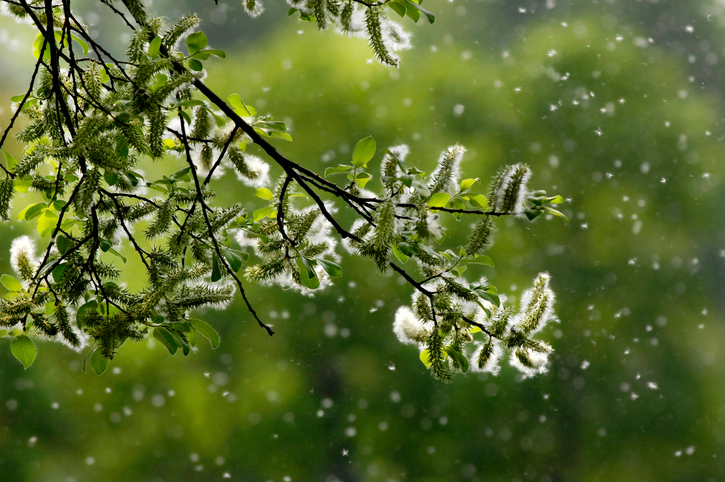Over 50 million Americans have seasonal allergies, mostly from airborne allergens. If you’re one of them, then you know the frustration and discomfort that can come with them: watery eyes, a constantly-dripping nose, the sneezing and congestion. As it turns out, where you live can play a big role in how intense your allergy suffering might be. Each spring, the Asthma and Allergy Foundation of America releases its top picks for US cities experiencing the worst allergy conditions. If you live in one of the worst-hit areas, the good news is, there are measures you can take to lessen the grip seasonal allergies has on you!
To compile their list, the AAFA relied on 3 factors:
- Pollen score
- Allergy medication usage
- Access to Board-certified allergists
The cities on the list can vary from year to year due to environmental changes. A wetter- or dryer-than-average year can lead to an uptick in a region’s airborne allergen levels. Wetter seasons can mean more hospitable climates for mold and mildew to form, and a wet winter can lead to better-moistened soil, which in turn leads to more plants…and more airborne pollen. Drier, hotter seasons make it easier for airborne pollens, spores and allergens to be carried by wind – making the effects of those allergens even stronger based on their ability to travel.
If you live in an allergy hot-spot, it’s a good idea to take as many preventative measures as possible in order to reduce the effects of seasonal allergens. Depending on the severity to which you or a member of your household are affected by allergies, you might consider taking extra steps to make your indoor air quality as clean and healthy as possible.
- If you’ve been outside, don’t track allergens back in with you. Leave shoes outside. Toss your clothes directly in the washer, and if necessary, take a quick shower to rinse off pollen that might have settled on your body or hair.
- Vacuum well. Vacuuming with a high-quality machine that picks up light pollen on a regular basis (at least once weekly; more often if allergies are an issue) can go a long way in reducing the contaminants that settle on soft surfaces and crevices. Vacuums with sealed filters also help prevent debris from escaping from your machine back into the air.
- A quick wipe-down with a damp cloth can do wonders for surfaces that may collect pollen.
- Invest in an air purifier. Choosing the right allergy air purifier can help you clean up your indoor air by reducing odors, removing volatile organic compounds (VOCs), trapping particulate and, in some cases, monitoring your air quality so you know when to make adjustments.
Our top picks for people in high-allergy areas are:
QuietPure Home air purifier
Read the reviews! |
QuietPure Whisper Air Purifier
Read the reviews! |
Airpura R600 All Purpose Air Purifier
Read the reviews! |

